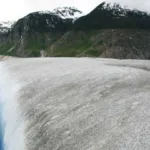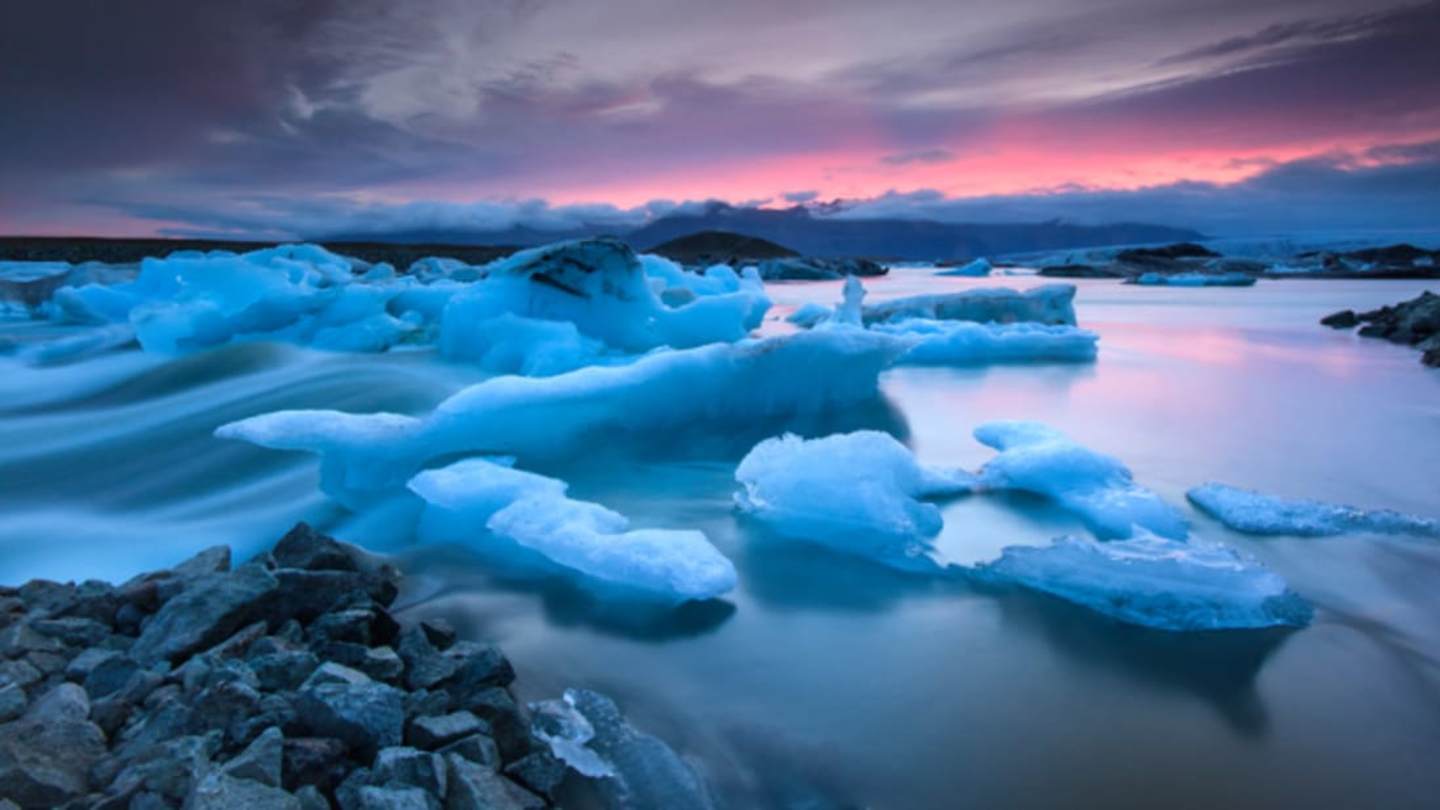Ice is a substance we encounter Every Day, from the frosty windows on a chilly morning to the refreshing chill of a cold drink. But beyond its everyday uses, ice holds a wealth of fascinating secrets just waiting to be uncovered. Did you know that ice can act as a powerful force shaping landscapes and influencing weather patterns? Its unique properties make it a truly remarkable substance worthy of exploration.
Let’s embark on a journey to Uncover Some Cool Facts About Ice that might surprise you. We’Ll Delve Into Its Formation, its unusual behavior when it freezes, and the amazing ways it plays a role in our world. From the delicate beauty of snowflakes to the immense power of glaciers, prepare to be amazed by the wonders of ice.
Unique Properties Of Ice
One of the most extraordinary things about ice is its density. While most substances become denser when They Freeze, water acts in reverse! This means that ice floats on Liquid Water. Think about a frozen lake – the ice forms on top, while the water remains beneath. This unique property is crucial for aquatic life as it allows fish and other organisms to survive even During Harsh Winters.
This unusual density comes from the way water molecules arrange themselves when They Freeze. They form a hexagonal lattice structure held together by hydrogen bonds. These bonds create spaces between the molecules, making ice less dense than liquid water. This intricate structure is also responsible for the mesmerizing six-sided shapes we see in snowflakes – each one a tiny masterpiece of nature’S Artistry. It just goes to show that even something as seemingly simple as Ice Can Hold Surprising complexities!
The Formation and Structure of Ice
When temperatures drop below 0°C (32°F), water molecules slow down and begin to form bonds with each other. These bonds, Called Hydrogen Bonds, are responsible for the unique properties of ice. As more bonds form, the molecules arrange themselves into a Hexagonal Lattice Structure, creating the characteristic six-sided shapes we see in snowflakes.
 Mountain Crevice vs. Crevasse: Glacial Dangers and Rock Formations
Mountain Crevice vs. Crevasse: Glacial Dangers and Rock FormationsThis intricate process is how Ice Fun Facts like the formation of glaciers and icebergs come to be. Water freezes gradually as temperatures drop, starting at the surface. Over time, layers upon layers of ice accumulate, forming massive structures that can carve through mountains and reshape landscapes. The same process occurs on a smaller scale when water freezes into lakes and ponds during winter, creating a frozen wonderland for skaters and snow enthusiasts alike.
Applications of Ice in Daily Life
Ice plays a surprisingly important role in our daily lives, Beyond Just Keeping Our Drinks cold! It’s essential for preserving food, extending its shelf life by slowing down the growth of bacteria and spoiling. Think about your freezer – it relies on ice to keep our groceries fresh and safe to eat.
Beyond the kitchen, ice is also used in various industries. For example, it’s used in industrial cooling processes for manufacturing, transportation, and even medical applications. And let’s not forget about the fun side of ice! It provides endless opportunities for recreation Like Skating, snowboarding, and building snowmen – bringing joy to people of all Ages During Winter Months. These are just a few examples Showcasing How Fun Facts About Ice extend far beyond its frozen appearance.
Ice’s Role in Nature
Ice is far more than just a frozen form of water; it’s a powerful force shaping our planet. Glaciers, massive rivers of ice, slowly carve through mountains and valleys, Sculpting Breathtaking Landscapes Over Millennia. They act as giant bulldozers, transporting vast amounts of rock and Soil As They Move.
The relentless power of glaciers also Influences Climate Patterns Globally. By reflecting sunlight back into space, they help regulate Earth’s temperature. Furthermore, melting glaciers contribute to rising sea levels, a significant concern in our changing world. These are just a few examples of how ice fun facts reveal its crucial role in maintaining the delicate balance of our natural systems.
Frozen Wonders: Exploring The Science Behind Ice
The world of ice is a fascinating realm where science and artistry collide. From the intricate structure of snowflakes to the immense power of glaciers, there’s always something new to discover. Scientists continue to unravel the mysteries of ice, exploring its properties and applications in Diverse Fields Like Material Science, climatology, and even medicine.
One area of ongoing research involves understanding how ice behaves under extreme conditions, such as those found deep within glaciers or on distant planets. By studying these unique environments, scientists hope to gain insights into the formation and evolution of our planet and potentially even discover life beyond Earth. The study of ice fun facts allows us to appreciate the beauty and complexity of this seemingly simple substance.










